
All swimmers recognize that open water presents challenges never seen in a pool. Rougher water and no lanes are the obvious ones. Less obvious is the considerable difference in energy cost.
Consider this: In a pool, about 20 percent of your time consists of breaks from stroking, while you push off the wall. In open water, there are no rest breaks for weary arms.
This calls for not just better, but different, open water swim technique. The little-recognized problem is that training in 25-yard or -meter pools, as most triathletes and open water swimmers do, encourages development of stroke habits that are likely to undermine your performance in open water.
In a pool, you generally swim just 20 strokes at a time. In a triathlon, you'll swim between 1000 (sprint) and 5000 (Ironman) uninterrupted strokes. Striving to swim your fastest in a pool workout may bring immediate gratification, but over the longer term, can limit your open water potential.
More: Psych Yourself Up for Open Water
Applying this lesson in my own practice led to unprecedented success in open water: When I turned 55, in 2006 I'd been a cut-no-corners distance swimmer for nearly 40 years. Though undistinguished in my teens and 20s, after age 40, I'd managed to win a few medals in Masters National events. But between age 55 and 60, I not only completed several marathon swims of 20+ miles, I also won six National Masters championships at distances from one mile to 10K, and set national records in the 1- and 2-Mile Cable Swims.
The most important change in my training was to de-emphasize speed in the pool, and rigorously avoid practice of high-turnover, power-oriented strokes.
For instance, during shorter repeats, while my Masters teammates sprinted with high-turnover strokes, often taking 20 or more strokes per length, I limited myself to 15 or fewer strokes, striving to imprint form I could sustain without fatigue for 2000 or more strokes. I was willing to 'lose' short training repeats to win in an open water event that might be months away.
More: Why Count Strokes
The Perils of Pool Training
While few shared my reluctance to "sprint," a 2005 study by Jonty Skinner, Director of Performance Science for USA Swimming, suggested I'd hit upon the optimal way to train—in the pool—for open water.
Skinner decided to investigate why some elite short course (SC) competitors fared poorly in events held in 50-meter "long course" (LC) pools, as are the Olympics. When he compared video of SC and LC specialists, he discovered the best LC freestylers swim with longer, slower, "hip-driven" strokes. This style might generate a bit less speed in short bursts, but was markedly less tiring.
SC specialists used a "shoulder-driven" stroke that allowed higher tempos and increased levels of arm force. It allowed swimmers to generate more speed in short bursts, but was too tiring to sustain for very long. In a 50-meter pool where the time spent swimming between turns is over two times greater, the short-burst speed of the SC stroke was no match for the sustainability of the LC stroke.
I immediately recognized that the best style in a 50-meter pool would become hugely advantageous in open water and redoubled my commitment to the longer, less-hurried, stroke. Within a year, I began to experience success I'd never dreamed possible.
- 1
- of
- 2
About the Author

Get ACTIVE on the Go


Meet Mobile
Swim smarter: heats, lane assignments and real-time results in the palm of your hand.
Available for iOS | Android
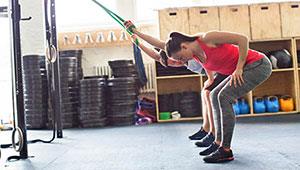

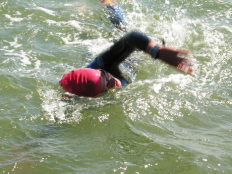
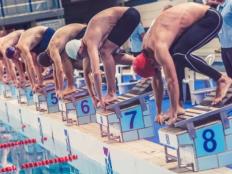
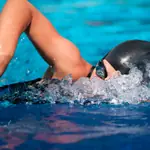

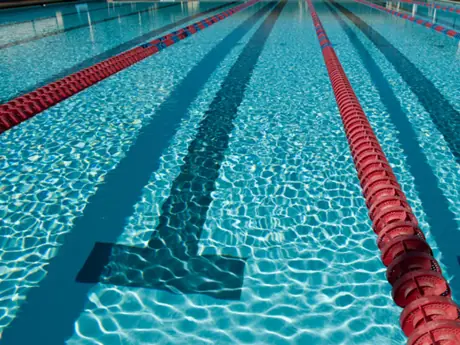
Discuss This Article